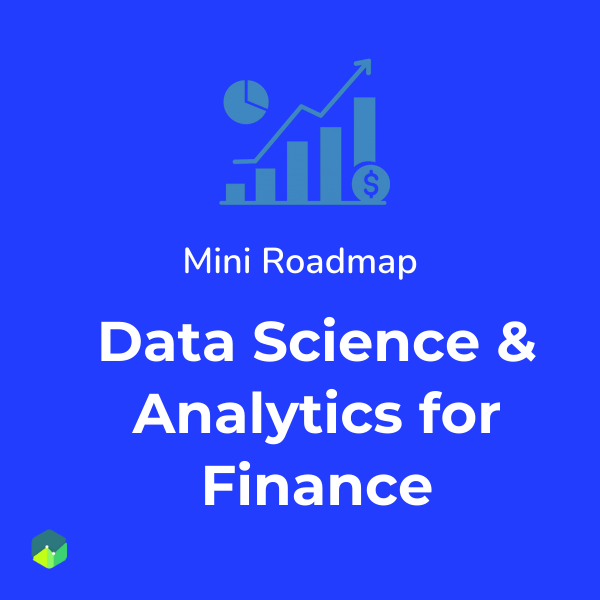Get full access to all Data Science, Machine Learning, and AI courses built for finance professionals.
One-time payment - Lifetime access
Or create a free account to start

A step-by-step guide covering Python, SQL, analytics, and finance applications.
Or create a free account to access more
Get full access to all Data Science, Machine Learning, and AI courses built for finance professionals.
One-time payment - Lifetime access
Or create a free account to start

A step-by-step guide covering Python, SQL, analytics, and finance applications.
Or create a free account to access more
Martin Fridson and Fernando Alvarez’s Financial Statement Analysis, Fourth Edition revisits understanding financial statements with updates. Financial statements are a mirror to the soul of a business. Therefore analysing and understanding financial statements are very important when we want to make business decisions about them. If that decision is about an impending merger and acquisition or evaluating their stock, financial statement analysis is critical.
In the backdrop of the financial crisis of 2008-2009 , we now know that biased and misleading financial statements are not impossible. The book aims at incorporating this and helping learners assess financial statements in a more robust manner.
Financial Statement Analysis, Fourth Edition has several real-life case studies and expert voices that will help you look beneath the numbers and ascertain a realistic picture about the business.
The book is split into the following four parts:
The authors in their preface to the book explain their objectives for the four parts.
“In Part One, “Reading between the lines”, we show that financial statements do not simply represent unbiased portraits of corporations’ financial performance and explain why. The section explains the complex motivations of issuing firms and their managers. We also study the distortions produced by the organizational context in which the analyst operates.
Part Two, “The Basic Financial Statements”, takes a hard look at the information disclosed in the balance sheet, income statement and statement of cash flows. Under close scrutiny, terms such as value and income begin to look muddier than they appear when considered in the abstract. Even cash flow, a concept thought to convey redemptive clarification, is vulnerable to stratagems designed to manipulate the perceptions of investors and creditors.
In Part three, “A Closer Look at Profits”, we zero in on the lifeblood of the capitalist system. Our scrutiny of profits highlights the manifold ways in which earnings are exaggerated or even fabricated. By this point in the book, the reader should be amply imbued with the healthy skepticism necessary for a sound, structured approach to financial statement analysis.
Application is the theme of Part four, “Forecasts and Security Analysis”. For both credit and equity evaluation, forward-looking analysis is emphasized over seductive but ultimately unsatisfying retrospection. Tips for maximizing the accuracy of forecasts are included, and real life projections are dissected. We cast a critical eye on standard financial ratios and valuation models, however widely accepted they may be.”
The areas covered under these parts are the adversarial nature of financial reporting, the balance sheet, the income statement, the statement of cash flows, profit, revenue recognition, expense recognition, the applications and limitations of EBITDA, the reliability and of disclosures and audits, mergers and acquisition accounting, fraud, forecasting financial statements, credit analysis and equity analysis. In the preface’s end note Martin Fridson and Fernando Alvarez conclude,
“Financial markets continue to evolve, but certain phenomena appear again and again in new guises. In this vein, companies never lose their resourcefulness in finding new ways to skew perceptions of their performance. By studying their methods closely, analysts can potentially anticipate the variation on old themes that will materialize in years to come.”